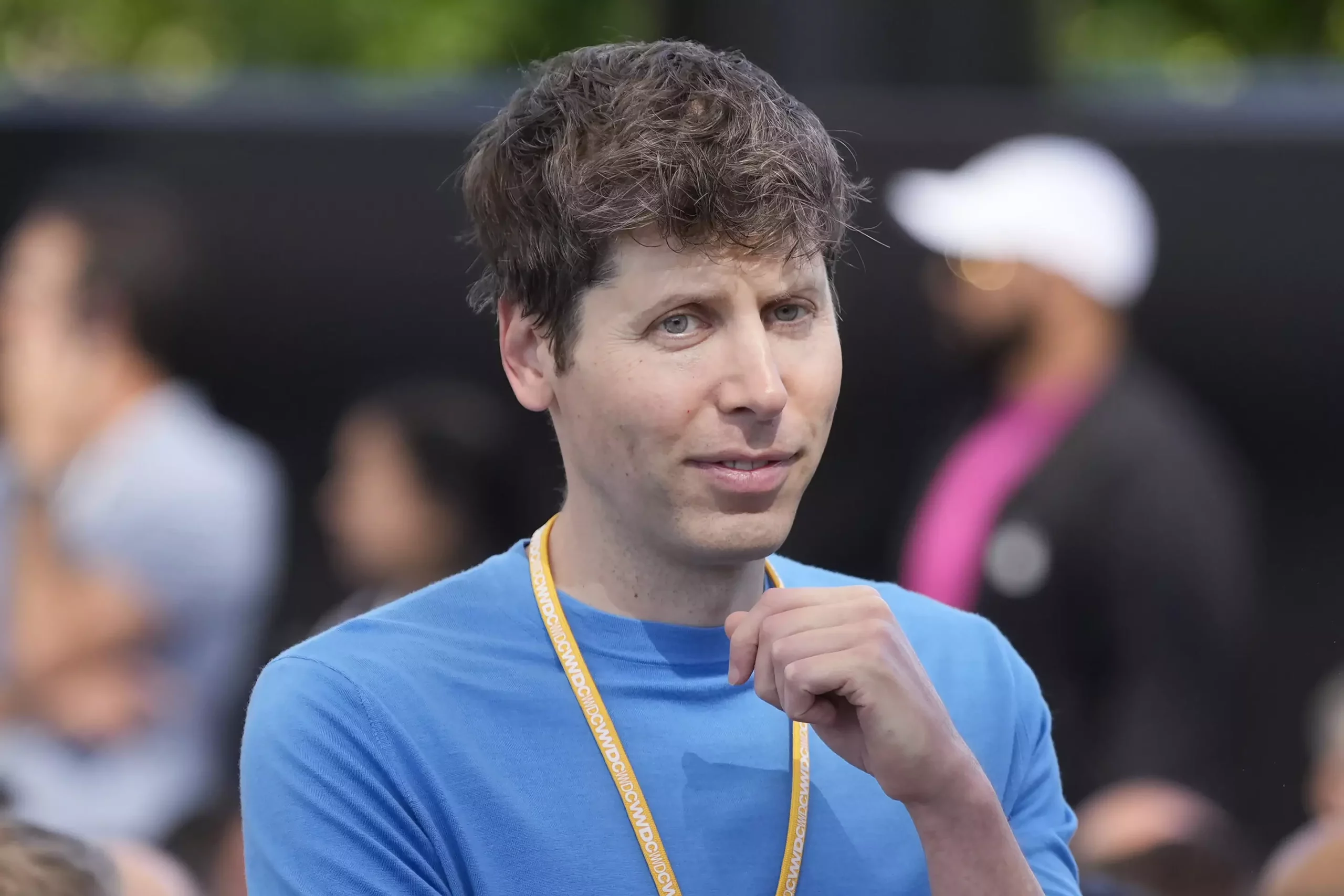OpenAI’s meteoric rise in valuation to $157 billion has marked a significant moment in the technology landscape, particularly within the realm of artificial intelligence (AI). As the curator of the renowned ChatGPT, OpenAI has not only captured global attention but also sparked serious discussions about its structural integrity as an organization. At its core, OpenAI is a nonprofit entity, rooted in a proclaimed mission to ensure that artificial intelligence benefits all of humanity. However, as the company dives deeper into the for-profit world, questions regarding its adherence to nonprofit principles have begun to emerge.
Conflicted Missions and Governance Challenges
Financial success can often lead organizations into uncharted waters, and OpenAI finds itself navigating complex moral and legal obligations tied to its nonprofit status. Experts in nonprofit tax law are scrutinizing how the company’s ambitious profit-seeking endeavors could potentially conflict with its declared altruistic mission. Jill Horwitz, a legal scholar at UCLA, emphasizes that in any dichotomy between for-profit interests and nonprofit missions, the charitable purpose must prevail. The upcoming decisions by OpenAI’s board will weigh heavily on whether they can maintain fidelity to their original mission while exploring corporate restructuring.
As OpenAI’s CEO Sam Altman hinted at a possible reorganization, the specter of becoming a public benefit corporation looms large. Still, the ramifications of such a transition necessitate a careful examination of the nonprofit’s existing commitments to its mission. The intricate relationship between OpenAI and its for-profit subsidiaries raises inevitable questions about ownership and asset valuation, particularly concerning intellectual properties developed within the nonprofit’s framework.
The Potential Consequences of Structural Change
The IRS has specific guidelines regarding the transformation of tax-exempt organizations. If OpenAI were to significantly divest itself of control over its for-profit arms, experts argue that it could be compelled to evaluate the fair market value of its assets. This includes determining how intellectual properties and licenses—vital to the company’s advancement—would be managed in such a scenario. Any such shift from nonprofit to for-profit would require a thorough legal process to ensure compliance with tax regulations, thereby reinforcing the intricate link between ethical governance and legal protocols.
Andrew Steinberg, a nonprofit legal counsel, points out the extraordinary nature of these potential changes, describing the complexities of any restructured framework as daunting yet not insurmountable. OpenAI must navigate not only the legal landscape but also the public sentiment that accompanies any shifts in its operational philosophy. Achieving transparency while maintaining profitability will pose significant challenges for the organization moving forward.
Despite allegations of mission drift, OpenAI’s leaders have insisted that their core commitments remain unchanged. Since its inception in 2016, the organization has been open about its dual focus on technological advancement and safety. However, this self-proclaimed dedication has come into question, with critics—including former board member Elon Musk—expressing skepticism over the extent to which OpenAI prioritizes its initial mission over profit.
Regulatory oversight from bodies such as the IRS and state attorneys general will likely intensify if OpenAI continues to evolve in the corporate domain. Observers believe that the board’s decisions will be under a microscope, investigating the motivations behind any restructuring and whether they align with the organization’s founding charitable intention.
The discourse around OpenAI’s structural intentions cannot overlook the ethical considerations inherent in AI development. Geoffrey Hinton, a renowned figure in AI research, has echoed the concerns of many that the focus on profit may overshadow the fundamental safety protocols initially embedded in OpenAI’s mission. As OpenAI wrestles with its growing corporate identity, these discussions underline a critical tension: can the organization effectively prioritize safety while also expanding its commercial footprint?
OpenAI’s claim to fame includes a commitment to safety and responsible AI use, but the shifting focus of its governance towards profit might question its dedication to those principles. Moving forward, the close observation of the organization’s evolution will provide a litmus test for nonprofit corporations that balance altruistic missions with burgeoning commercial success.
With a potential restructuring on the horizon, OpenAI stands at a pivotal crossroads. The challenges it faces extend beyond the operational and legal—the ethics of its mission and the expectations of its stakeholders demand keen attention. The organization’s future will rely on its ability to reconcile its ambitious growth with its foundational principles, ensuring that it can truly serve the interests of humanity while navigating the complexities of the corporate world. As the situation unfolds, the involvement of regulators, nonprofit experts, and the AI community will be essential in shaping OpenAI’s destiny in this evolving landscape.

